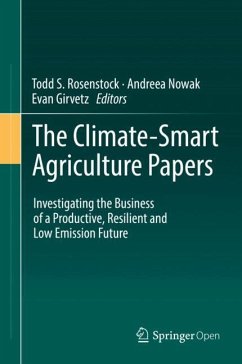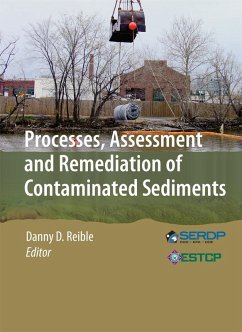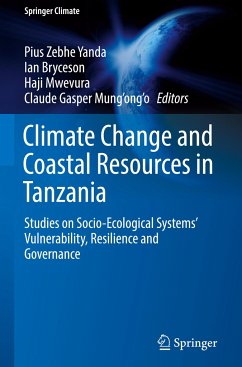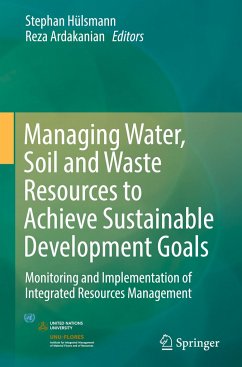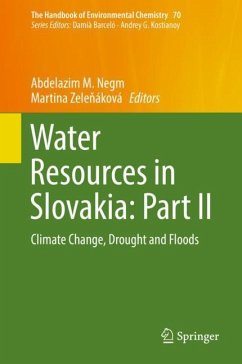
A Treatise of Indian and Tropical Soils
Versandkostenfrei!
Versandfertig in 6-10 Tagen
38,99 €
inkl. MwSt.
Weitere Ausgaben:

PAYBACK Punkte
19 °P sammeln!
This book discusses how to apply the basic principles of pedology to the tropical soils of the Indian subcontinent, with an emphasis on ways to enhance crop productivity.The book showcases the research contributions on pedology, geomorphology, mineralogy, micromorphology and climate change collected from the literature on three major soil types: shrink-swell soils, red ferruginous (RF) soils and the soils that occur in the tropical environments of the Indo-Gangetic Plains (IGP). It also provides insights into several aspects of five pedogenetically important soil orders like Alfisols, Mollisol...
This book discusses how to apply the basic principles of pedology to the tropical soils of the Indian subcontinent, with an emphasis on ways to enhance crop productivity.
The book showcases the research contributions on pedology, geomorphology, mineralogy, micromorphology and climate change collected from the literature on three major soil types: shrink-swell soils, red ferruginous (RF) soils and the soils that occur in the tropical environments of the Indo-Gangetic Plains (IGP). It also provides insights into several aspects of five pedogenetically important soil orders like Alfisols, Mollisols, Ultisols, Vertisols and Inceptisols found in tropical Indian environments.
Documenting the significance of minerals in soils and their overall influence in soil science in terms of pedology, paleopedology, polygenesis and edaphology, it provides a knowledge base that is critical when attempting to bridge the gap between food production and populationgrowth.
The book showcases the research contributions on pedology, geomorphology, mineralogy, micromorphology and climate change collected from the literature on three major soil types: shrink-swell soils, red ferruginous (RF) soils and the soils that occur in the tropical environments of the Indo-Gangetic Plains (IGP). It also provides insights into several aspects of five pedogenetically important soil orders like Alfisols, Mollisols, Ultisols, Vertisols and Inceptisols found in tropical Indian environments.
Documenting the significance of minerals in soils and their overall influence in soil science in terms of pedology, paleopedology, polygenesis and edaphology, it provides a knowledge base that is critical when attempting to bridge the gap between food production and populationgrowth.




